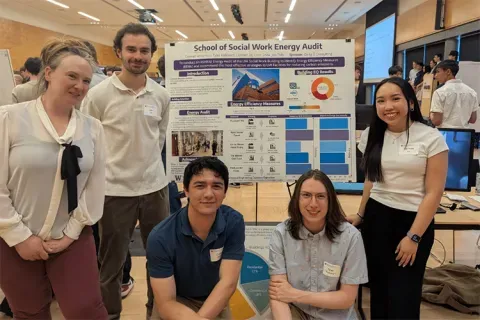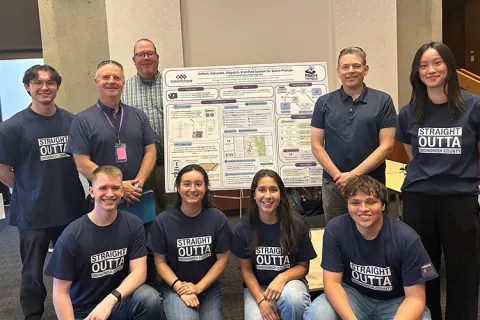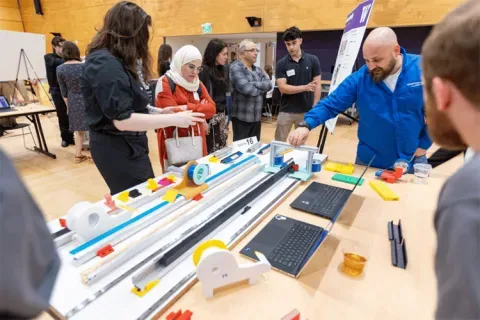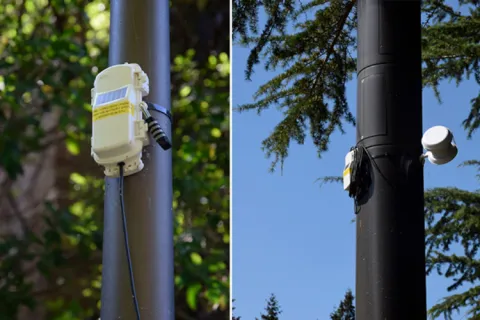NASA Jet Propulsion Laboratory
Data Analysis for Multi-Hazard Risk Science: Risk and Resilience of Societal Critical Infrastructure to Space Weather and Compounding Natural Hazards
This student team will work to explore the characteristics of space weather impacts on critical infrastructure, specifically the power grid and communications systems. This student team will work to utilize a machine learning model to predict outcomes in various cases and identify non-obvious connections. This student team will work to build on the work of last year's student capstone team project. This student team will work to integrate data from the solar wind, geospace environment, and the critical infrastructure to study the systems effects. This student team will work to apply extreme value analysis (estimate of 1/100 year conditions), network analyses (understand the connectivity of the critical infrastructure), and machine learning (predictive capabilities). The student team will work to accomplish the following programmatic milestones and processes: - Create analysis ready datasets - Development plan/approach -Space Weather Extreme Value Analysis 1/100 year estimates and quantile-quantile results -Interconnect space weather hazard to other hazards (e.g., terrestrial weather) and identify candidate multi-hazard events -Multi-hazard initial results (via network analyses and machine learning) -A report out and conference/workshop presentations The student team will work toward the following outcomes: -Updated extreme estimates for space weather on the power grid and in regional manner (1 in 100 storms) -A machine learning model that can predict geomagnetically induced currents (GIC)’s spatiotemporally performs well on withheld (test) data. -Quantitative metrics of performance of multiple machine learning models. -Specifically graph network models. -Incorporation of extreme estimates for wind, temperature, and precipitation -List of candidate multi-hazard events that have cause power grid disruption for deeper exploration
Faculty Adviser(s)
Rajesh Subramanyan, Electrical & Computer Engineering
Related News

Mon, 10/13/2025 | UW Mechanical Engineering
Capstone collaboration leads to award
An ME capstone team received first place for its energy audit of the UW School of Social Work building.

Thu, 07/17/2025
UW engineering students develop smart ballot solution
UW engineering students develop smart technology solution to improve ballot collection for Snohomish County.

Mon, 07/07/2025 | UW Mechanical Engineering
Capstone creations
Students displayed innovative capstone design projects at the 2025 expo.

Fri, 09/20/2024 | UW Civil & Environmental Engineering
Smarter irrigation for a greener UW
A new project combines satellite data with ground sensors to conserve water and create a more sustainable campus environment.